WANT TO DISCOVER MORE?
SEARCH
WANT TO DISCOVER MORE?
Featured Insights
hile incumbents are resorting to the announcement of partnerships and vast investments to cater investor demands, the SPAC frenzy of the ‘new kids on the block’ is making headlines.
Andreas Radics (1973) has been advising the automotive industry as a consultant since 2001. In addition, he can look back on over four years of professional and management experience in industry. Before co-founding and building up Berylls Strategy Advisors in 2011 as one of its Managing Partners, he worked at Gemini Consulting and Oliver Wyman, two international strategy consulting firms.
Besides being one of the leading subject-matter experts in Mergers & Acquisitions as well as in the development and implementation of corporate strategies in the automotive industry, he is an expert in e-mobility and a proven expert on the US market.
Business administration degree at Catholic University of Eichstätt-Ingolstadt, Business Administration Faculty, Ingolstadt, Germany.

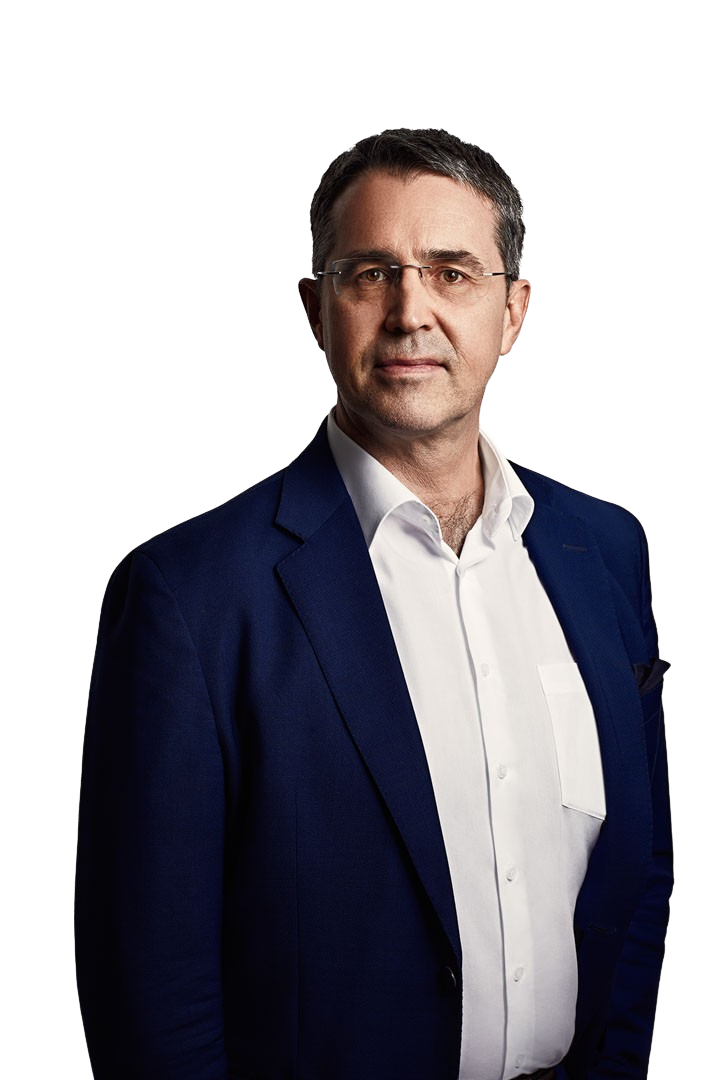
Featured Insights
ur China MD Willy Wang with the latest news and trends directly from Shanghai.

The best-selling local Chinese brand is Wuling, which is owned by SAIC GM Wuling, a joint venture between SAIC Motor, General Motors and Liuzhou Wuling Motors Co Ltd.
In 2020, Wuling sold over 1.05 million units to an audience that is seeking inexpensive vehicles. Wuling’s product offering includes pick-ups, MPVs, SUVs and a tiny hatchback EV, the Wuling Hongguang Mini EV. And exactly this mini EV with two doors and seats for just 4 people is rivaling Tesla in China when it comes to sales numbers. Launched in summer 2020 and selling in China for only for 28.8k RMB (4.4k USD), the tiny EV is taking the EV market by storm: in the first two month of this year, more than 55k Wuling Hongguang Mini EVs were sold in China, compared to less than 30k Tesla Model 3, making it the best-selling EV in the Chinese market.


With more than 1.04 million Geely’s sold in 2020, Geely maintains the spot as one of the most popular domestic brands in China. Geely is owned by Zhejiang Geely Holding Group, China’s largest private automaker, which also (partly) owns the Swedish carmaker Volvo and Polestar as well as Lynk&Co – among others. Its founder, Li Shufu, is Daimler’s largest single shareholder.
Geely’s crossover SUVs, the Geely Boyue (also called Geely Atlas or Emgrand X7 Sport), the Geely GS and the Geely Binyue (also known as Geely Coolray) belong to Geely’s top-selling cars in 2020, making up 38% of the total sales.
Even though its EVs, such as the Geely Geometry, are not as wildly successful as its gasoline peers, Geely still counts as the benchmark within the Chinese auto industry.

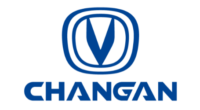
The carmake Chang’An is the third most popular vehicle brand in China with over 1.04 million vehicles sold in 2020.
Owned by the state-owned vehicle manufacturer Chang’An Auomobile Group, Chang’An’s offers cars, such as the Chang’An CS74, a crossover SUV and the Chang’An EADO, a compact car, starting from 108.8k RMB (16.6k USD) and 72.9k RMB (11.1k USD) respectively. In addition to this offering in the lower price segment, Chang’An also caters premium customers with its car sequence “UNI” (or “Yinli” in Chinese, which means gravity) high-end SUVs. Their UNI-K, the second model of the UNI lineup, was introduced at the Guangzhou Auto 2020 and hit the market at the end March of this year.


Owned by the Chinese carmaker Great Wall Motors, HAVAL is mostly known for their SUVs, such as the Hover H6 or Haval F7. Haval vehicles can also be spotted outside its domestic market, such as in Australia and Russia. In fact, the Haval F7 is even produced in Tula, Russia.
Besides Haval, Great Wall also owns Ora, an upcoming EV brand going in a similar direction as Wuling Hongguang Mini EV, offering inexpensive small EVs targeting female drivers.


BYD is one of China’s largest carmakers and is owned by the BYD conglomerate, which not only manufactures passenger vehicles, but also a wide variety of products including trucks, buses, solar panels, and batteries.
BYD stands for “Build Your Dreams” and is one of the most well-known Chinese brands outside of China. BYD’s top-selling vehicle, the BYD Song Pro SUV, was sold in 2020 over 146k times in China alone and can be purchased with a choice of three different powertrains: petrol, plug-in hybrid and pure electric.
An interesting fact about BYD is, that in comparison to its competitors, it does not westernize its product names, but rather bases them on Chinese dynasties (Yuan, Qin, Tang etc.).

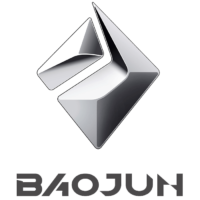
Baojun, like Wuling, is owned by SAIC GM Wuling and has a reputation of designing products that strongly appeal to Chinese customers. With a strong inexpensive SUV portfolio, Baojun has been able to achieve significant market share in this segment. The Baojun RS-3, Baojun 510 and Baojun 530 are its top-selling SUV models. Supported by Xiaomi technology, Baojun has begun to target the compact EV market. The launch of the E300, a compact BEV with a range of 305 km and starting price of 64.8k RMB (9.9k USD), provides strong competition to the incumbent Hongguang Mini EV and Great Wall Oro models.


Roewe was created in 2006 by its parent company SAIC Motors after it acquired the failed British carmaker MG Rover. SAIC was unable to acquire the brand name Rover but Roewe vehicles are internationally exported under the MG nameplate.
With over 115k units sold in 2020, the Roewe RX5 SUV, is the brand’s best-seller, closely followed by the Roewe i5 with nearly 111k units sold.


Most of you probably have heard of, or even know Chery. This is largely due to the fact that Chery has been one of the largest vehicle exporters since China joined the WTO in 2001. Back in 2001, Chery exported its first 10 cars to Syria but now, almost 20 years on in 2020, it exported over 100k vehicles to a global customer base.
The Tiggo 8 SUV was launched in May 2018 and has quickly become Chery’s best-selling vehicle, achieving sales of 110k vehicles in 2020. Beside China, the Tiggo 8 has gained popularity in overseas markets such as Russia and Brazil.

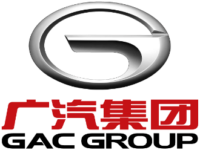
Trumpchi was launched in 2010 and is owned by Guangzhou Automotive Group (GAC). While the name bears a striking resemblance to a former US president, the brand derives its name from the Chinese name Chuanqi, meaning ‘Chinese Legend’. GAC sold nearly 280k Trumpchi vehicles in 2020, of which the Trumpchi GS4 SUV made up the bulk of sales with 124k units sold.

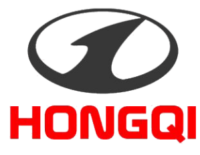
Hongqi is a brand owned by the China First Automotive Works (FAW) Group, focused largely on the luxury segment. Hongqi translates as ‘red flag’ and until the 1980s their vehicles were reserved for Chinese government officials.
Hongqi suffered stagnating sales (2017 = 5k and 2018 = 31k) but following a revival, the company was able to achieve considerable sales volume, reaching 200k vehicles in 2020. Hongqi’s best-selling car, the Hongqi HS5 SUV, was designed by Italdesign and sold more than 96k times in 2020.

Willy Lu Wang (1981) joined Berylls Strategy Advisors in 2017. He started his career participating in the graduate program of Audi focusing on production planning. After stations at another strategy consultancy as well as being the strategy director for a German Tier-1 supplier, he is now responsible for the China business at Berylls.
He has a broad consulting focus working for all clients in China, whether they are JVs, WOFEs or pure local players. He is also responsible for the development of AI and Big Data products dedicated towards the Chinese market further strengthening the Berylls End-to-End strategy and product development capabilities.
Wang studied Electronics & Information Technology with focus on Systems and Software Engineering and Control Theory at Karlsruhe Institute of Technology.
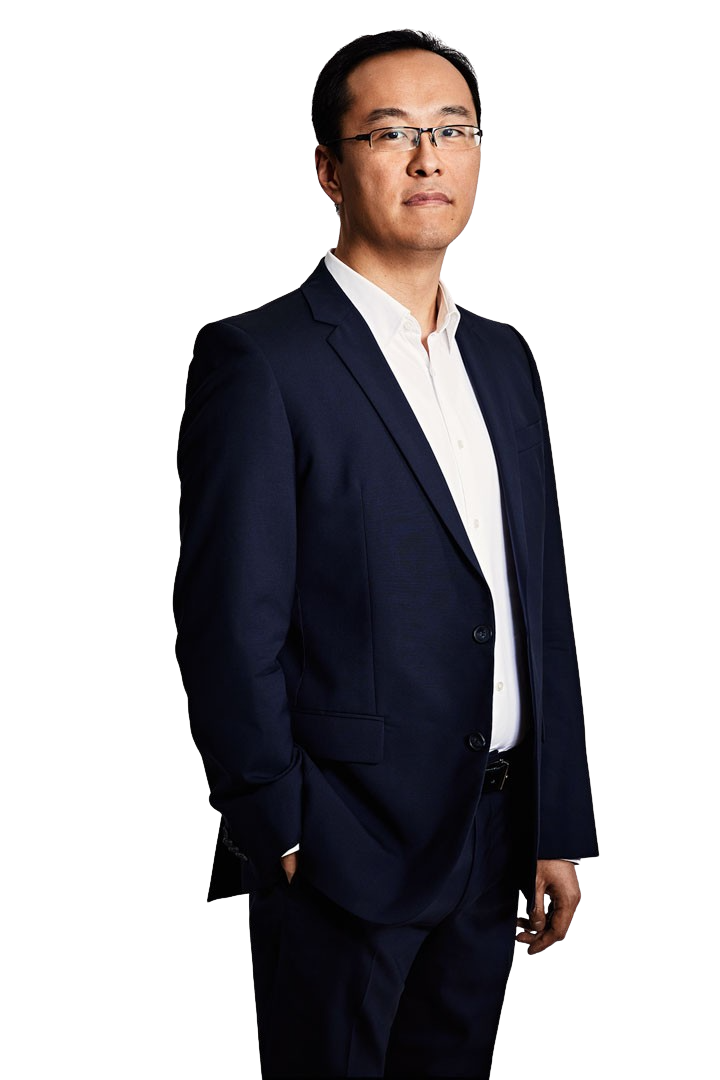
Featured Insights
ur China MD Willy Wang with the latest news and trends directly from Shanghai.

Hengchi 1. Source: Berylls.
While all domestic heavyweights premiered new models, Hengchi (the auto subsidiary of Evergrande, China’s second largest real-estate company) stole the limelight. It invited more than 1,000 media for the premiere of its nine models, and made bold claims that it competes with established premium brands.
While Chinese NEV (New Energy Vehicle) players previously battled for longer range, faster acceleration, etc., they are now competing in the autonomous driving arena. Their target: ICVs (Intelligent Connected Vehicles), and KPIs such as “TOPS” (Tera Operations Per Second), and “MP” (megapixels).

Xpeng P5. Source: Berylls.
NIO showed its upcoming ET7, equipped with its latest autonomous-driving system. In terms of specifications, it is superior to the Tesla Model S. It has an impressive range of 1,000 km as well as 11 cameras with a resolution of 8MP (compared to 8 cameras in Model S with 1.2 MP), and computation power of 1,016 TOPS (compared to 144). The autonomous-driving system will be available as “ADaaS” (Autonomous Driving-as-a-Service).
Xpeng premiered its P5, which will be the world’s first mass-produced model to feature LiDAR sensor technology.
It seems that the battle for ICV superiority has kicked off, and that, today, the three top winning criteria are number of sensors, TOPS, and MP.

IM L7. Source: Berylls.
Chinese players have now begun to seriously attack the premium segment – new (ICV) players in particular are readying their turn. IM (Zhiji Motor), a new EV brand (a joint-venture between SAIC and Alibaba Group), premiered its IM L7. With similar dimensions as the BMW 5 Series, it comes with wireless charging, a luxurious minimalistic interior (a trend in itself), and a maximum range of 800 km.
Geely debuted its Zeekr premium brand. The first model, Zeekr 001, will be offered via direct sales and via subscription model, and comes with an OTA shop.
HiPhi, a self-proclaimed “TECHLUXE®” (technology & luxury) brand, put its HiPhi X on display. The price range from RMB 570k to RMB 800k is a very big one for a Chinese brand. It is plain to see that Chinese players are eyeing premium, and are all set to take on Mercedes-Benz, BMW, and Audi.

Arcfox Alpha S. Source: Sohu.
Huawei, the exhibitor attracting the most media attention after Hengchi, rolled out a plethora of new products – HarmonyOS smart cockpit powered by its own Kirin chips, AR-HUD (Augmented reality – Head-up displays), MDC810 (intelligent driving computing platform), etc. All these tech, along with super-fast charging, can be experienced within Arcfox Alpha S (a brand of BAIC), and is thus labelled with a sticker “Huawei Inside”.
The products presented by Baidu were very similar. It is interesting how new players are surging into the automotive market with a vast array of product offerings.

Ora Good Cat. Source: Berylls.
Micro EVs, such as SGM Wuling Hongguang’s Mini EV, and Great Wall Motors’ ORA Black Cat, are racking up high sales numbers. Today, Wuling Hongguang’s Mini EV is already greatly sought after by young women (80% of its mostly female buyers were born after 1980 / 1990) and its latest convertible model hopes to continue this trend. The latest ORA models is testimony of the company’s continued intention to position itself as a brand that “loves women more”. In March 2021, women accounted for 70% of its customers – and the company hopes to have continued success with new cat-themed models such as “Cyber Cat”, and “Punk Cat”.
Previously thought of as a cheap entry point into mobility, these brands are pioneers of a new wave of EVs that target the young female population.
Willy Lu Wang (1981) joined Berylls Strategy Advisors in 2017. He started his career participating in the graduate program of Audi focusing on production planning. After stations at another strategy consultancy as well as being the strategy director for a German Tier-1 supplier, he is now responsible for the China business at Berylls.
He has a broad consulting focus working for all clients in China, whether they are JVs, WOFEs or pure local players. He is also responsible for the development of AI and Big Data products dedicated towards the Chinese market further strengthening the Berylls End-to-End strategy and product development capabilities.
Wang studied Electronics & Information Technology with focus on Systems and Software Engineering and Control Theory at Karlsruhe Institute of Technology.

Featured Insights
n China, German gasoline-powered vehicle sales at full throttle – electric-vehicle sales stalling.
For decades German OEMs dominated the Chinese automotive market by following a trickle-down strategy: they introduced technology they had developed elsewhere as optional equipment first and continued selling it at high markups until competitors had caught up.
How out of step this product strategy is with the expectations of present-day Chinese car buyers, German OEMs are currently getting a first taste of – with alarming implications for the future.
The days that China fitted the description of technological laggard are long gone. As China has moved to the forefront of consumer innovation, Chinese customers have neither the patience for technologies to trickle down the line nor the willingness to pay extra for the latest features.
In June, Audi, BMW, Mercedes-Benz, and Volkswagen together accounted for just over 20% of all cars sold in China.
Sales of their EV-only sub-brands, e-tron, i, EQ and ID, did not fare so well, however. In fact, the four sold fewer e-trons, iX3s, EQCs and ID4s in China than they did in Germany, a market that is only an 8th the size.
Notably, while Tesla remains the most dominant EV-only brand in China, its local rivals NIO, Xpeng, Li Auto and Weltmeister remain not far behind while German EV-only sub-brands are outclassed by both.
Exhibit 1
Sales of selected EV-only brands & sub-brands in China, June 2021.

To understand why Chinese customers eschew EVs made by German OEMs, we turned to our “Automotive Heartbeat”, a proprietary big data tool that scans customer sentiments across a broad range of Chinese social media channels to glean customer insights for each make and model.
We looked for what Chinese customers value when it comes to EVs and how the German EVs in question fare by those standards. The results, we believe, should have German OEMs worried. Very worried.
By a wide margin “connectivity” and “autonomous driving” are the most important and talked-about features on Chinese social media in relation to EVs.
Yet Chinese customers do not associate German EVs with either.
The names of all four German OEMs are mentioned in conjunction with these two topics only in 5% of all conversations on relevant Chinese social media channels. With a 30% share, even Tesla only comes in second after NIO. The NYSE-listed, Shanghai-based company appears in conjunction with connectivity and autonomous driving in 39% of all social media conversations.
Overall, Chinese social media conversations on connectivity and autonomous driving are dominated by four local EV-OEMs, who together account for nearly 65% of all mentions.
Exhibit 2
Share of mentions associated to “connectivity” and “autonomous driving” with regards to the following brands.

It might be easy to attribute such sentiments to preferences for cars made by domestic OEMs or even nationalism. But the basic truth of the matter is: local EV-OEMs are simply considered superior.
Around 80% of negative sentiments regarding EVs manufacturer by German OEMs relate to technical issues such as outdated or unreliable technology. Specific sentiments range from complaints that “remote start, lock & unlock fail too often!” or that the “navigation system is a joke. It is not up-to-date, and many areas are not even covered!” Others bemoan that “real-time information is imprecise” or that the “remaining driving range is not shown.”
A smaller number also complains about losing connectivity altogether: “Today I couldn’t connect with my head unit – again!” can be read or “Why can I not do the update? My car always loses the connection, and I can’t update!” Consequently, many Chinese customers believe that, considering the price at which German EVs retail in China, they “will get a local car with similar specs and configuration for much cheaper.”
In short, the technology offered by NIO, Xpeng, Li Auto and Weltmeister, being cheaper, more reliable, and more innovative, is considered superior.
Exhibit 3
Share of positive, negative and neutral sentiments associated to “connectivity” and “autonomous driving” with regards to the following brands.

When asked to compare Audi’s e-tron to NIO’s ES6, Chinese customer are quick to point out that the Audi is more fun to drive and that it corners better than the NIO.
At the same time, customers note that the Audi does not have – not even as an option – the kind of interactive infotainment system that comes standard on the NIO and that the Audi doesn’t meet Chinese tastes as well as the NIO does, with the latter offering wellness passenger seats. Many consider the e-tron’s range of 341 km insufficient, while believing the e-tron’s RMB 546k price tag to be unjustified in light of what the NIO offers for RMB 200k less.
Willy Lu Wang (1981) joined Berylls Strategy Advisors in 2017. He started his career participating in the graduate program of Audi focusing on production planning. After stations at another strategy consultancy as well as being the strategy director for a German Tier-1 supplier, he is now responsible for the China business at Berylls.
He has a broad consulting focus working for all clients in China, whether they are JVs, WOFEs or pure local players. He is also responsible for the development of AI and Big Data products dedicated towards the Chinese market further strengthening the Berylls End-to-End strategy and product development capabilities.
Wang studied Electronics & Information Technology with focus on Systems and Software Engineering and Control Theory at Karlsruhe Institute of Technology.

Featured Insights
here is no doubt that strong measures are needed to slow down climate change – some of them inevitably painful.

Arthur Kipferler (1963) started his career in 1989 at the Boston Consulting Group, where he consulted for 13 years in the automotive industry. After consulting, Arthur Kipferler held senior management positions at Toyota in Europe and the U.S. From 2013 to 2014, he was global head of the BMW Group’s Future Retail program. Subsequently, he had leading roles in strategy, corporate planning and transformation management at Jaguar Land Rover in Coventry, UK. Arthur Kipferler complements the expertise of the Berylls by AlixPartners (formerly Berylls Strategy Advisors) partner team in the fields of market & customer, technologies, sales, and digitalization, as well as in the development and implementation of corporate, product, and regional strategies.
Mechanical engineering, production engineering, at the Technical University of Munich (TUM); MBA in Strategy, Marketing and Organizational Behavior at INSEAD Business School, France.
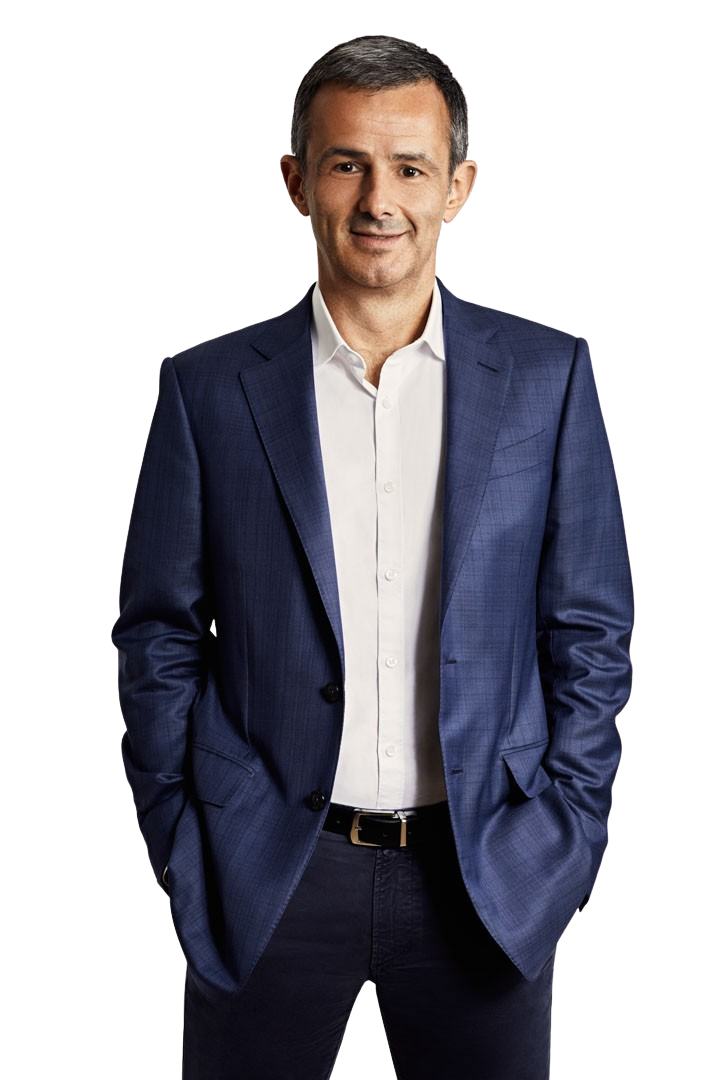
Featured Insights
er jetzt die Party verlässt, verpasst den besten Teil.

Dr. Matthias Kempf (1974) was one of the founding partners of Berylls Strategy Advisors in August 2011. He began his career with Mercer Management Consulting in Munich, Germany, in 2000. After earning his doctorate degree and further consulting work at Oliver Wyman (formerly Mercer Management Consulting), he joined the management of Hilti Germany in 2008. At Berylls, his area of expertise is new mobility services and traffic concepts. In addition, he is an expert in developing and implementing new digital business models, and in the digitalization of sales and after sales.
Industrial engineering and management studies at the University of Karlsruhe, Germany, doctorate degree at Ludwig Maximilian University, Munich, Germany.

Featured Insights
he way that we move within cities and globally has changed drastically due to COVID-19 and the associated lockdown restrictions
During the first period of lockdowns, countries such as Germany and France experienced drops in urban movement frequency of -40% and -50% respectively compared to a Jan 2021 baseline. But now as countries slowly begin to experience increases in urban movement frequency, we are beginning to ask ourselves: What changes in mobility were merely temporary adaptions, and what impacts are here to stay? To address the ramifications of this question, this Berylls insight analyses the post COVID mobility trends & impacts from the perspective of mobility consumers, city administrators, and mobility service providers.

Dr. Matthias Kempf (1974) was one of the founding partners of Berylls Strategy Advisors in August 2011. He began his career with Mercer Management Consulting in Munich, Germany, in 2000. After earning his doctorate degree and further consulting work at Oliver Wyman (formerly Mercer Management Consulting), he joined the management of Hilti Germany in 2008. At Berylls, his area of expertise is new mobility services and traffic concepts. In addition, he is an expert in developing and implementing new digital business models, and in the digitalization of sales and after sales.
Industrial engineering and management studies at the University of Karlsruhe, Germany, doctorate degree at Ludwig Maximilian University, Munich, Germany.

Featured Insights
n an industry where the value chain and business models have been left largely unchanged over the last decades, the emergence of the SW-defined vehicle is shaking things up. With new players entering the market and staking their claim, incumbent automotive companies are likely to stay key players but need to adapt to stay relevant.

Dr. Matthias Kempf (1974) was one of the founding partners of Berylls Strategy Advisors in August 2011. He began his career with Mercer Management Consulting in Munich, Germany, in 2000. After earning his doctorate degree and further consulting work at Oliver Wyman (formerly Mercer Management Consulting), he joined the management of Hilti Germany in 2008. At Berylls, his area of expertise is new mobility services and traffic concepts. In addition, he is an expert in developing and implementing new digital business models, and in the digitalization of sales and after sales.
Industrial engineering and management studies at the University of Karlsruhe, Germany, doctorate degree at Ludwig Maximilian University, Munich, Germany.

Malte is an expert in the development and implementation of automotive digitization strategies.
He focuses on helping clients scale (generative) artificial intelligence to improve their bottom line across the entire automotive value chain. His primary customers are automotive manufacturers and their suppliers, especially those active in the Software-Defined-Vehicle space.
Before his time at Berylls by AlixPartners (formerly Berylls Strategy Advisors), he advised leading North American utility companies. Prior to that, he saved lives as emergency medical technician. Malte holds master’s degrees in economics from Maastricht University and Queen’s University in Canada.
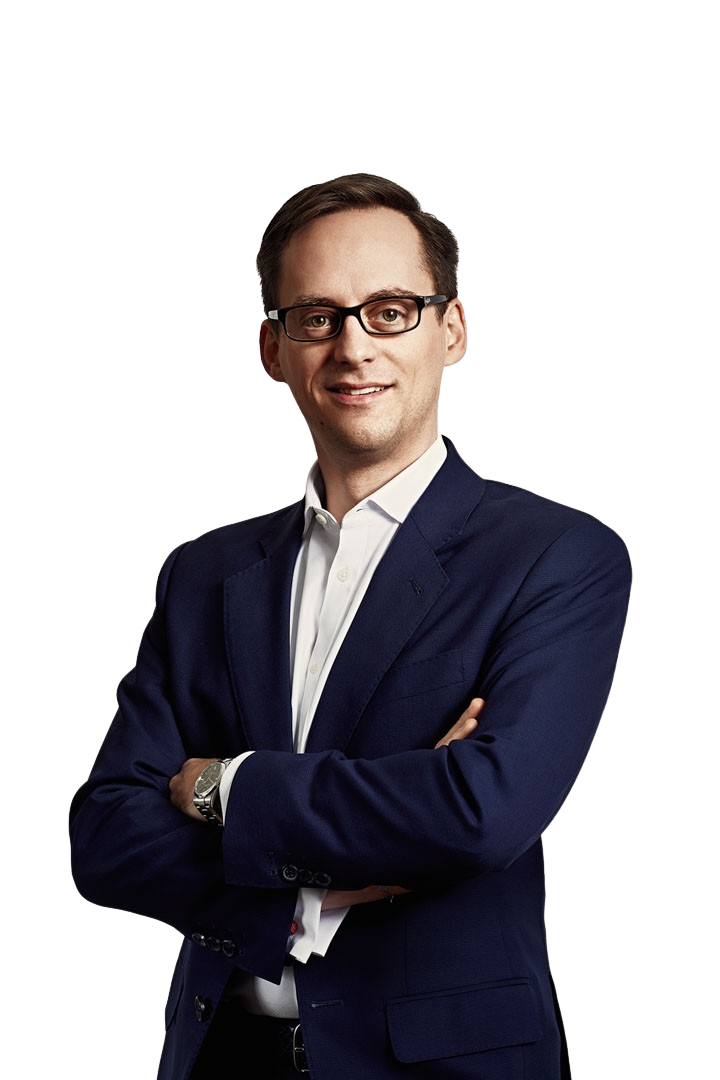
Sebastian Böswald (1991) joined Berylls by AlixPartners (formerly Berylls Strategy Advisors) in April 2021. He is an Associate Partner and an expert in both transformation and operations. Over the last decade, he has focused his work on strategy and organizational design, as well as on two megatrends shaping the automotive industry: software-defined vehicles and CASE (connected, autonomous, shared, and electrified mobility). In these fields, he has advised our global OEM clients as well as Tier-1 suppliers and tech companies.
Prior to joining Berylls, he worked for PwC Strategy& and started his career at BMW as a project manager for product strategy and digital charging services.
He received a Bachelor of Science in Automotive Computer Science at the Technical University of Ingolstadt as well as a Master of Science in Management from the Technical University of Munich.
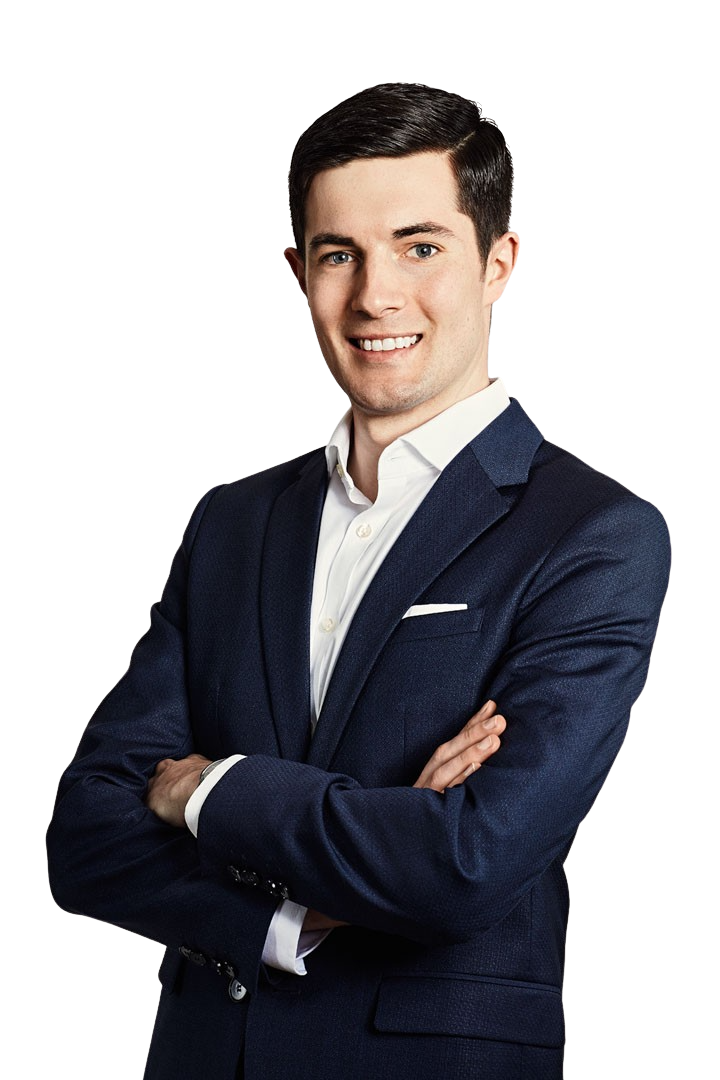
Featured Insights
EVENUES UP, PROFITS DOWN. THE TOP TEN SEEM CEMENTED, LARGE SUPPLIER GROUPS ARE BREAKING AWAY IN THE TRANSFORMATION.


Andreas Radics (1973) has been advising the automotive industry as a consultant since 2001. In addition, he can look back on over four years of professional and management experience in industry. Before co-founding and building up Berylls Strategy Advisors in 2011 as one of its Managing Partners, he worked at Gemini Consulting and Oliver Wyman, two international strategy consulting firms.
Besides being one of the leading subject-matter experts in Mergers & Acquisitions as well as in the development and implementation of corporate strategies in the automotive industry, he is an expert in e-mobility and a proven expert on the US market.
Business administration degree at Catholic University of Eichstätt-Ingolstadt, Business Administration Faculty, Ingolstadt, Germany.
